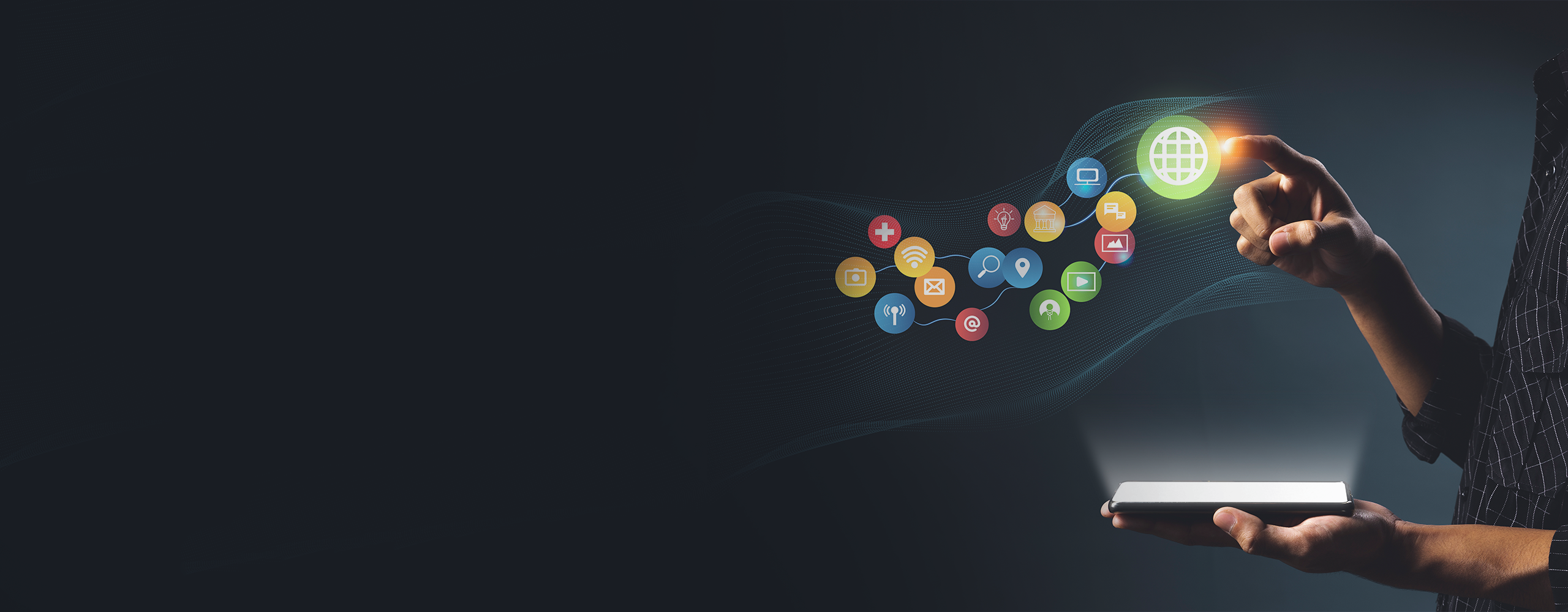June 22, 2016 : At a NASSCOM event in Mumbai, N Chandrasekaran, CEO of TCS discussed that in this new world of IT, with Digital Transformation and Agile, we need IT people with more rounded personality and training, with experience in Arts, Liberal Arts along with Science, Technology , Engineering and Mathematics. In the future, humans will largely be focusing on design and empathy and algorithms will be generated by machines.
The promoter of CNN, Ted Turner, has recounted that his education in Liberal Arts and Greek Classics have shaped him to look at the world with a much broader perspective and take up big hairy audacious goals. IT has been India’s domain for a while, but the landscape is changing. Digital Transformation, Innovation, and Automation, are today’s transformational technologies and for India to be relevant, the profile of our resources need to change. TCS speaks about IGNIO, their predictive analytics platform, Wipro recently announced that its automation tool HOLMES will replace almost 3000 people. Vishal Sikka, CEO of Infosys, a PhD on Artificial Intelligence, has challenged the world to look at AI differently. We at GAVS have been promoting the concept of Zero Incident Framework in the Infrastructure space. We need Art to be incorporated into the study of Science, Technology, Engineering and Math.
Today’s software development is about interacting with clients and users directly, programming is strictly a means unto an end. Today we need more problem solvers, we need innovators to promote new disruptors like Uber, Amazon, Ola, Flipkart and entirely new banking concepts like Block Chains and Bit Coins -and this needs a very different mindset.
The common myth is that people who identify as left-brain thinkers have a bias towards strong math and logic skills; while right-brain thinkers are more creative. This right brain-left brain theory originated in the work of Roger W Sperry, who was awarded the Nobel Prize in 1981. But today research has shown that people perform stronger in subjects like math when both halves of the brain work in tandem.
In the 1860s, Monet, Manet, Renoir, Degas promoted the Impressionist Movement. They aimed to capture the momentary, sensory effect of a scene – the impression objects made on the eye in a fleeting instant. In the 19th Century, scientists had begun to recognize that what the eye perceived and what the brain understood were two different things. The Impressionists sought to capture the optical effects of light – to convey the passage of time, changes in weather on their canvases. This was the most classic example of symbiosis of Art and Science. Masters of Indian Art, Maqbool Fida Husain, FN Souza, SH Raza, KH Ara, Akbar Padamsee, Tyeb Mehta, Gaitonde and Kishen Khanna, broke from tradition and created a new Indian art form, merging European Modernism, Expressionism and Abstraction with Indian Imagery and landscapes. At a Christie’s auction, a painting by Vasudeo Gaitonde, was sold for a total of $4.4 million, and in 2015, F .N. Souza’s `Birth’ brought in the hammer price above $ 4 Million. I think, some of India’s ancient temples are a classic testament to the symbiosis of Art, Architecture, Design, Science and Technology . The Brihadeshwara Temple of Thanjavur in Tamil Nadu built by King Rajaraja Chola in 1002 AD is a fusion of architecture, sculpture and painting. Then there is the Konark Sun Temple in Odisha, shaped as a gigantic chariot with carved stone wheels, pillars and walls. There are many others all over India.
For India to realize our PM’s dream to be future ready in the world, we need a multifaceted STEAM trained resource pool.
The author is the CEO of GAVS Technologies and a General Partner at Basil Partners.

